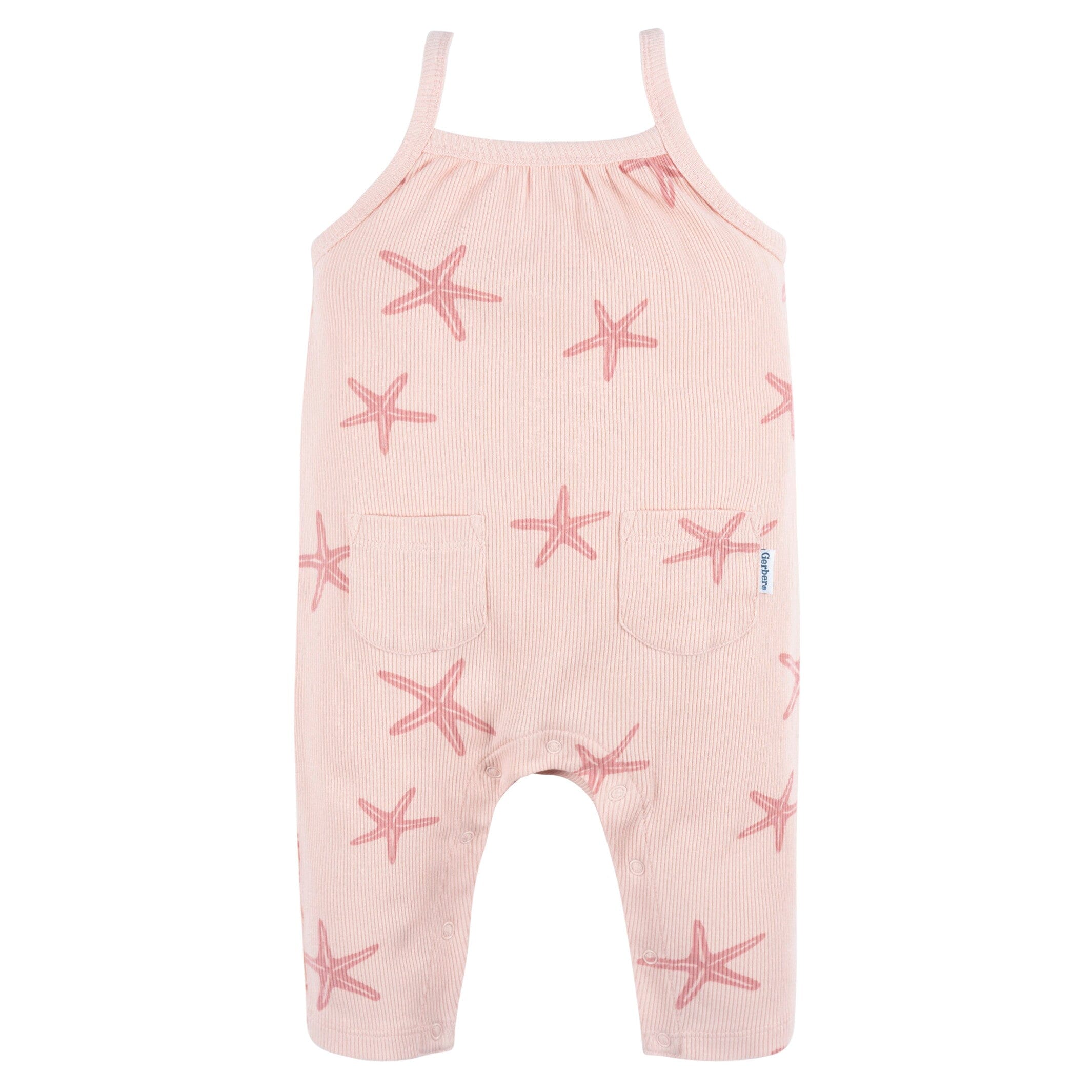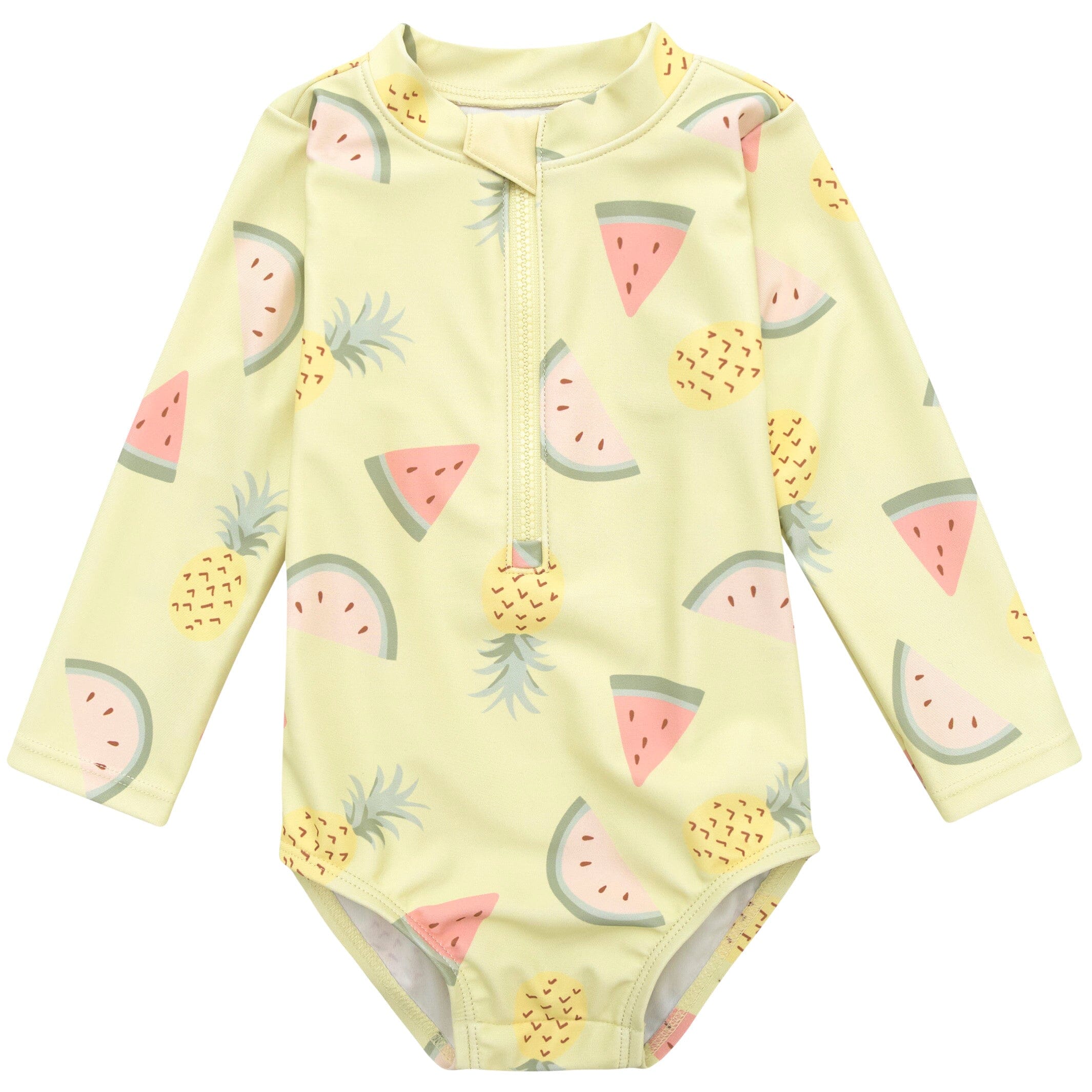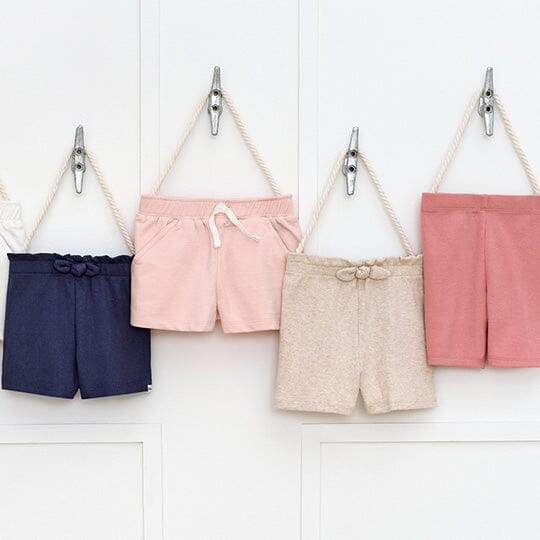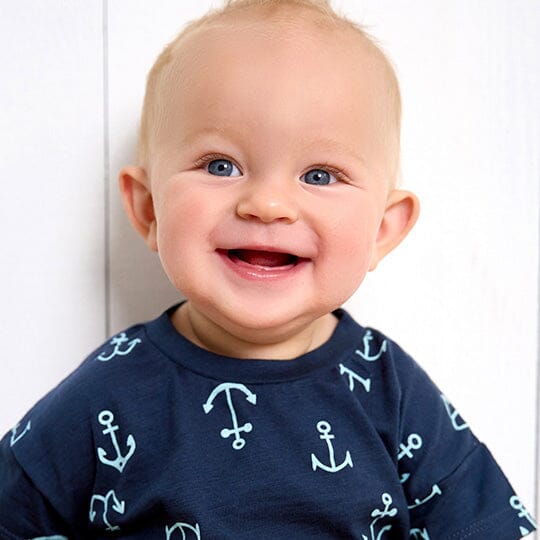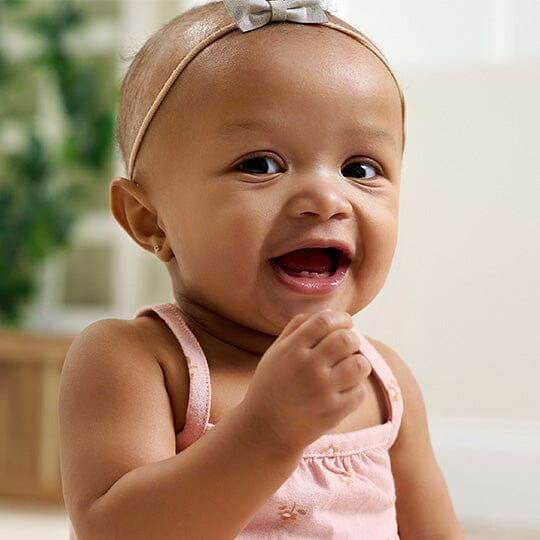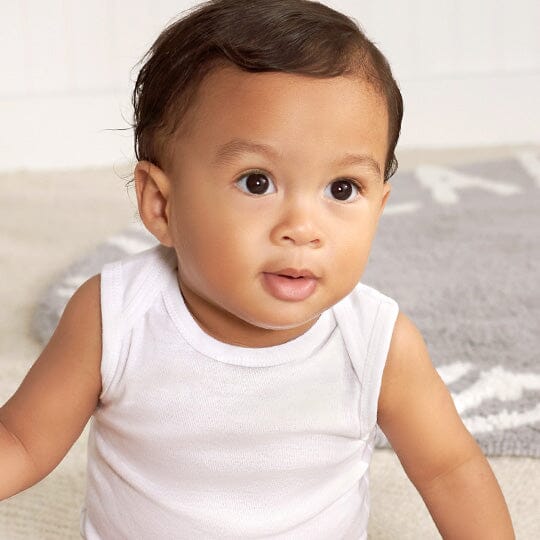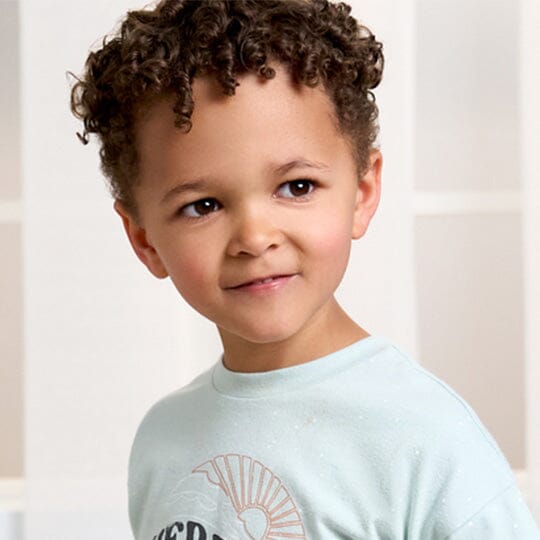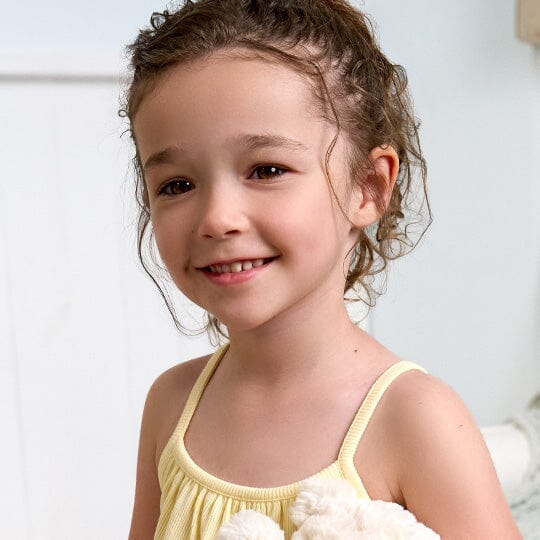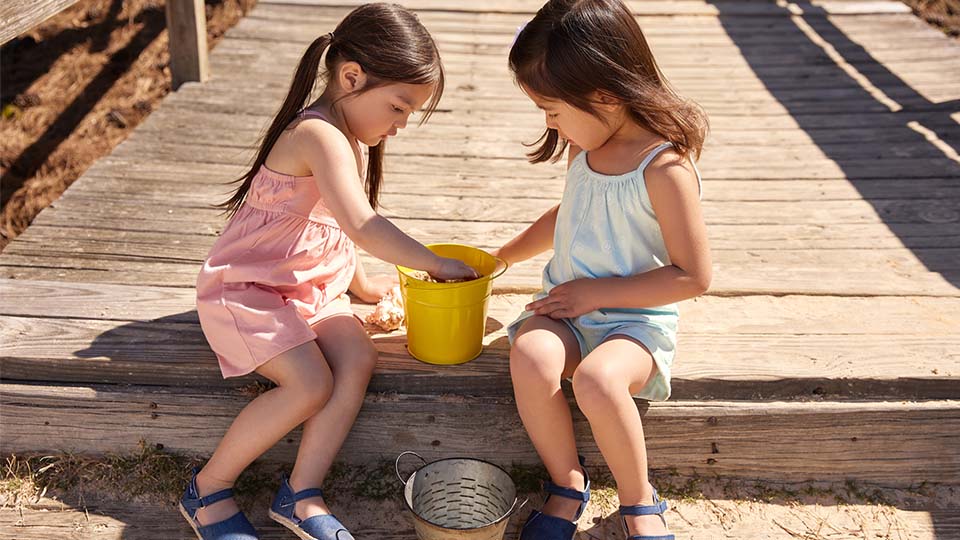How to Organize Baby Clothes
Keeping baby’s clothes clean and stain-free is basically a full-time job! Organizing all of those socks, bodysuits and pajamas can be just as time-consuming. Whether you’re a parent who is deciding if you need to upgrade your nursery furniture—or are simply searching for a better way to maximize your space—we can help you make sense of each drawer, shelf and cubby hole. Our three-step guide to learning how to organize baby clothes below will show you the easiest, most stress-free ways to keep every item in your little one’s wardrobe fresh, neat and tidy. Happy organizing!
Step 1: Make Sense of Baby’s Closet Space
It doesn’t matter if baby has a large walk-in closet or a small nook—this type of organizing is about labeling and dividing. All it takes is a quick trip to the dollar store or a few minutes of online shopping to pick up the supplies you need. Best of all, you can get everything orderly in one afternoon or evening.
Quickly find your little one’s casual essentials and seasonal closet items by…
- Taking Inventory: Even the largest closets won’t keep you organized without the right supplies. Unfortunately, adult hangers are much too large for most shirts and one pieces so it’s best to grab baby hangers ahead of time. Make sure you have enough infant-size hangers for every item you plan to hang on the rack.
- Making Size Dividers: If you’re like most moms and dads, you were gifted tons of clothing in different sizes. Now that you’re pressed for time, you can’t afford to spend a weekend washing garments that are too big for your child—or a frazzled morning desperately trying to fit your baby’s head into tiny tops and tees! Instead, find size dividers in 0-3 months, 6-9 months and beyond at your neighborhood baby store, or make them yourself. All you need are a few plain clothing rack rings or colorful door hangers. Label them with a permanent marker and voila—there’s one thing under control in the house!
- Adding Caddies and Shelves: Every door has room for a shoe organizer. Best of all, nearly any size caddy will cost you less than a week’s worth of lattes. Stick hair ribbons, socks and baby hats inside, dividing them up by type or color. In just seconds, it’ll become effortless to accessorize. For nurseries without a large armoire or cupboard, closet shelves help you to quickly access folded items and baby shoes. Try placing a few on both sides of your clothing rack for easy outfit-building. Shelves are also an ideal place to store burp cloths for feeding, as well as blankets and bath towels.

Step 2: Create a Foolproof Drawer System
Don’t spend hours folding and re-folding clothes in your dresser drawers, only to have them turn into a heaping mess in a matter of weeks. Instead of carving out regular weekend mornings to make baby’s items neat, save nearly an entire day per year by designing your own nursery drawer system.
Enjoy cleaner, more arranged dresser drawers for baby by…
- Assigning Drawers by Clothing Type: Make dressing baby as intuitive as feeding and snuggling by assigning one drawer for bodysuits and the next one for warm and cozy blanket sleepers. Continue the pattern until you have addressed all of his or her clothing types. Consider prioritizing the top till for the garments you tend to use the most. Try and limit miscellaneous accessory drawers to just one.
- Placing Plastic Dividers Inside: Plastic drawer dividers come in a variety of dimensions. Before you buy a set of grids, decide whether you want to sort by color, month or size. To make things intuitive, place a paper label at the top of each compartment, writing the name of the clothing in permanent marker.
- Resisting the Urge to Overstuff: You may be able to fit one more shirt or pair of socks into a drawer, but overstuffing can quickly cause it to get stuck. You may even start skipping some types of clothing entirely. Instead of jamming each receptacle to the brim, consider ordering a couple of small, portable dressers made of plastic.
Step 3: Have a Storage Strategy in Place
The most organized parents will still inevitably have excess clothing items. If you don’t want to buy more furniture, there are other ways to save wardrobe essentials for later.
- Tossing Too-Small Items: Unless you plan on saving it as a keepsake, there’s no reason to keep the sweaters and hats that baby has outgrown. Instead, donate them or re-gift them to a friend. You may even be able to add to baby’s financial fund by selling gently used items on the Internet.
- Preserving Larger Clothing: If you have a four-month-old with 12-month-old clothing, it’s probably best to put large items away for a while. Vacuum-sealed space-saving bags can easily be stacked at the bottom of a closet or inside an attic. If you don’t mind washing them later, you can also put them in a garbage bag for safe keeping. Just make sure you label it appropriately.
- Remove Old Clothes Immediately: As soon you spot a snug bodysuit or shirt with a stain, take it out of the drawer or closet. It’ll keep you from having to decide whether it’s too small or outdated in the future. As an added bonus, it creates more space and relieves stress instantly!

5-Pack White Onesies® Brand Short Sleeve Bodysuits
Find Parental Zen—One Closet and Shelf at a Time
We know all too well that it’s not easy to find a Zen moment during your son’s or daughter’s first year—but you can take baby steps to make their room and the dressing process more manageable! By reviewing each step of this guide on how to organize baby clothes, you’ll remove excess and unwanted items and feel more relaxed and comfortable in the nursery. Best of all, you can also apply many of these tips to your own bedroom!


